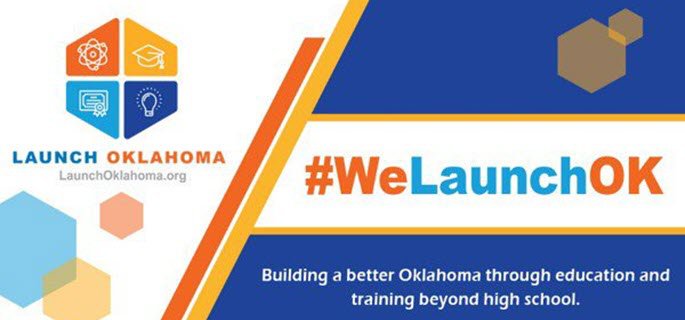
Saturday night, my son will be attending his first high school prom. A junior, he is starting to hear his friends talk about the big decisions that come with the end of school in May. “What are you planning to do next?”
Too often the answer is college, if only by default. With national completion rates hovering around 60 percent and the rising concern about burdensome student debt, it is time to reconsider the options.[i]
Opportunity occupations, jobs that require less than a college degree yet pay more than national median wages, are one piece of the equation. They play an important role in a regional economy as described in recent research by the Federal Reserve Banks of Cleveland and Philadelphia. (Learn about cities in the Tenth District, the specific opportunity occupations they offer and the make-up of their local economies in this article.)
Opportunity occupations can provide a job seeker with a path to employment with less investment in time and money than a college degree requires.
While a bachelor’s degree may not be necessary for these jobs, a high-school diploma alone rarely is enough. Skills—demonstrated skills—often are required.
Launch Oklahoma seeks to boost training for opportunity occupations
Oklahoma offers an example. Jobs that require some type of post-secondary credential or training are projected to be 45 percent of all jobs in the state in 2025. Currently, only 30 percent of Oklahoma workers have obtained such training. Oklahoma employers, then, may have difficulty finding qualified employees. And job seekers may find it harder to land a job.
In response, Oklahoma has introduced policies and programs to increase skill development under the umbrella of External LinkLaunch Oklahoma. The overall goal is to increase by 2025 the number of Oklahomans 25-64 years old who have education or training beyond high school to 70 percent.
Oklahoma identified 100 critical occupations based on labor demand and their contribution to the state’s economic growth, and will focus investments in skill development related to those occupations.[ii] Of the 100 occupations, 51 do not require a bachelor’s degree.
Apprenticeships return $1.47 for every dollar spent
Launch Oklahoma is taking a holistic approach that involves employers, students, education and training providers, and supportive services. One strategy that brings all of these together is work-based learning opportunities such as internships and apprenticeships.
These earn-and-learn strategies provide learners with clear incentives and a context that reinforces their skills development. Employers gain workers who are trained to their specific needs and who develop a greater attachment to the company. Nationally, 91 percent of apprentices that complete an apprenticeship are still employed there nine months later.[iii] Studies suggest that for every dollar spent on an apprentice program, employers see a return of $1.47.
Regional seminars highlight work-based learning
This spring, the Federal Reserve Bank of Kansas City partnered with the Oklahoma Office of Workforce Development on regional seminars across the state to discuss the potential for work-based learning programs. Each session highlighted local employers and training partners that have successfully implemented new programs with tangible results for employers, workers and, increasingly, high school students. Local interest from employers and educators, teamed with the support of the state’s workforce system, offers the potential of more examples to come.
“So, what are you going to do next?” will remain one of the most challenging questions for young people as they move beyond high school. Expanding the range of possible answers, however, may make a world of difference.
[i]External Linkhttps://nces.ed.gov/fastfacts/display.asp?id=40
[ii]External Linkhttps://oklahomaworks.gov/oklahoma-workforce-data/critical-occupations/
[iii]External Linkhttps://www.dol.gov/apprenticeship/toolkit/toolkitfaq.htm#2a
